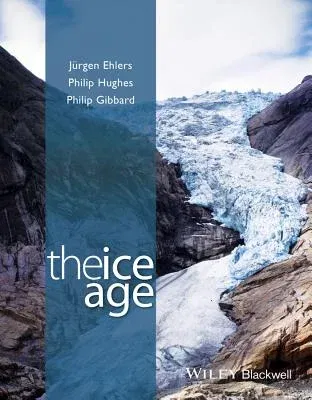This book provides a new look at the climatic history of the last 2.6
million years during the ice age, a time of extreme climatic
fluctuations that have not yet ended. This period also coincides with
important phases of human development from Neanderthals to modern
humans, both of whom existed side by side during the last cold stage of
the ice age. The ice age has seen dramatic expansions of glaciers and
ice sheets, although this has been interspersed with relatively short
warmer intervals like the one we live in today. The book focuses on the
changing state of these glaciers and the effects of associated climate
changes on a wide variety of environments (including mountains, rivers,
deserts, oceans and seas) and also plants and animals. For example, at
times the Sahara was green and colonized by humans, and Lake Chad
covered 350,000 km2 - larger than the United Kingdom. What happened
during the ice age can only be reconstructed from the traces that are
left in the ground. The work of the geoscientist is similar to that of a
detective who has to reconstruct the sequence of events from
circumstantial evidence. The book draws on the specialisms and
experience of the authors who are experts on the glacial history of the
Earth.
Readership Undergraduate and postgraduate students studying the
Quaternary, researchers, and anyone interested in climate change,
environmental change and geology. The book provides a rich collection of
illustrations and photographs to help the readers at all levels
visualise the dramatic consequences of glacier expansions during the Ice
Age.

